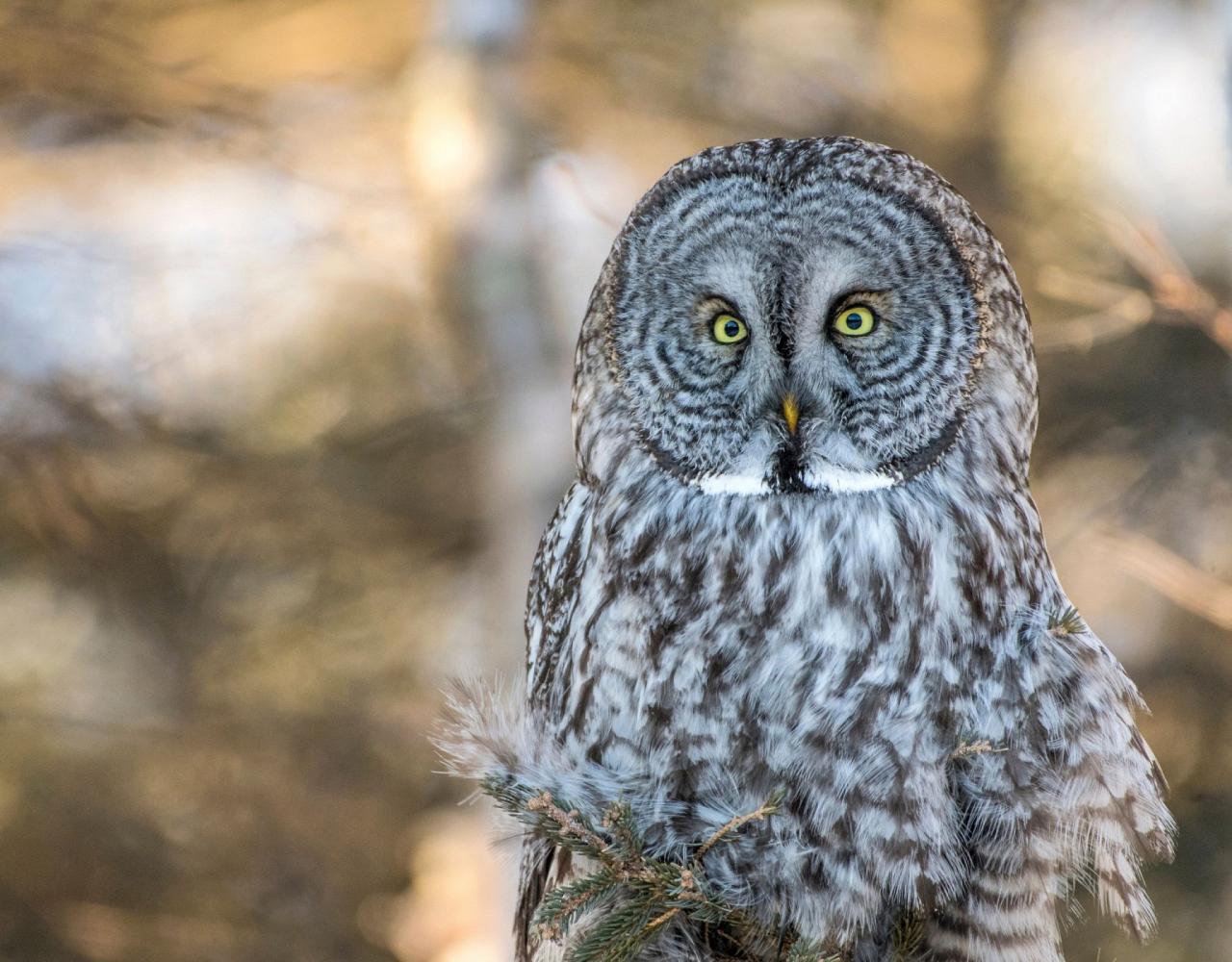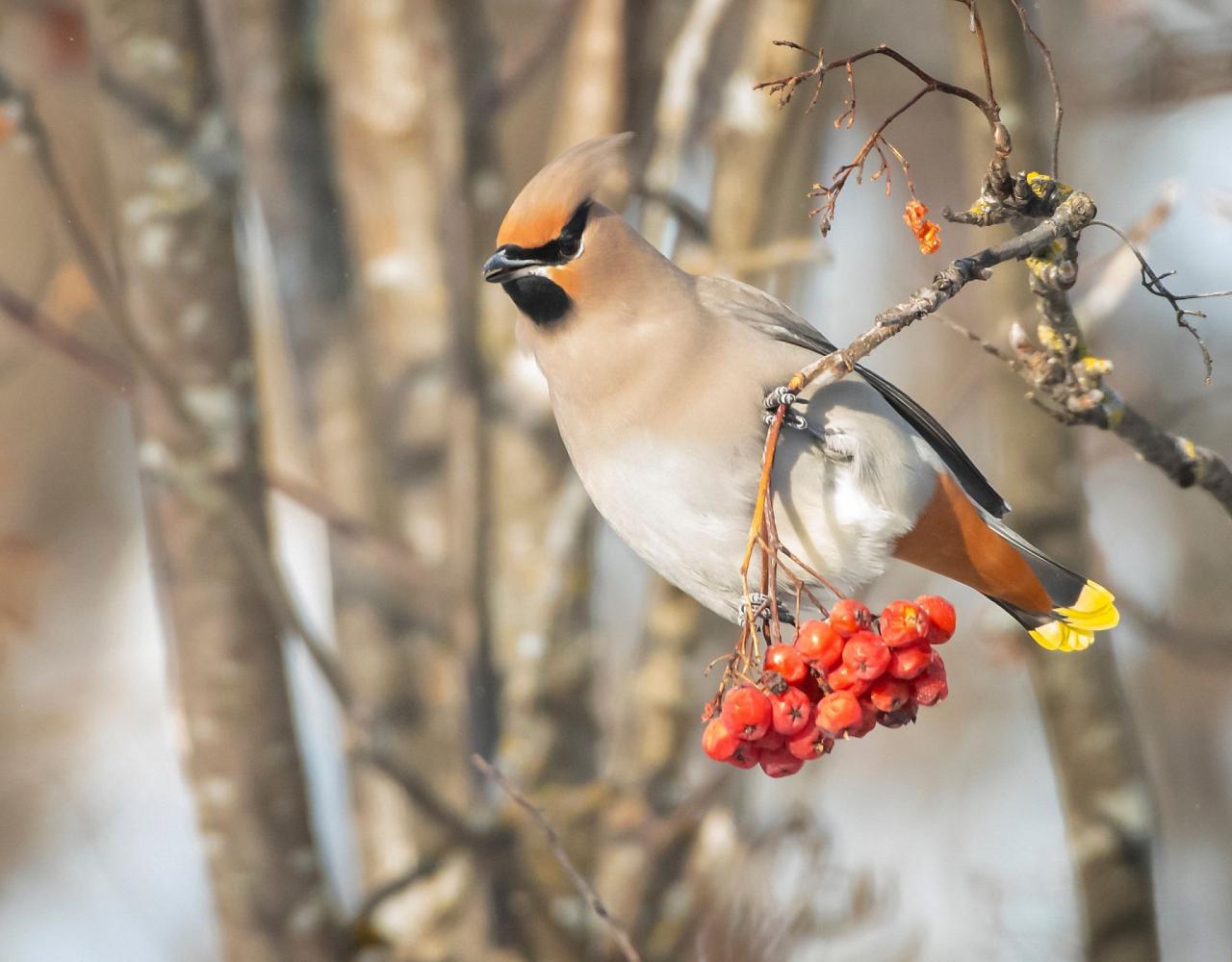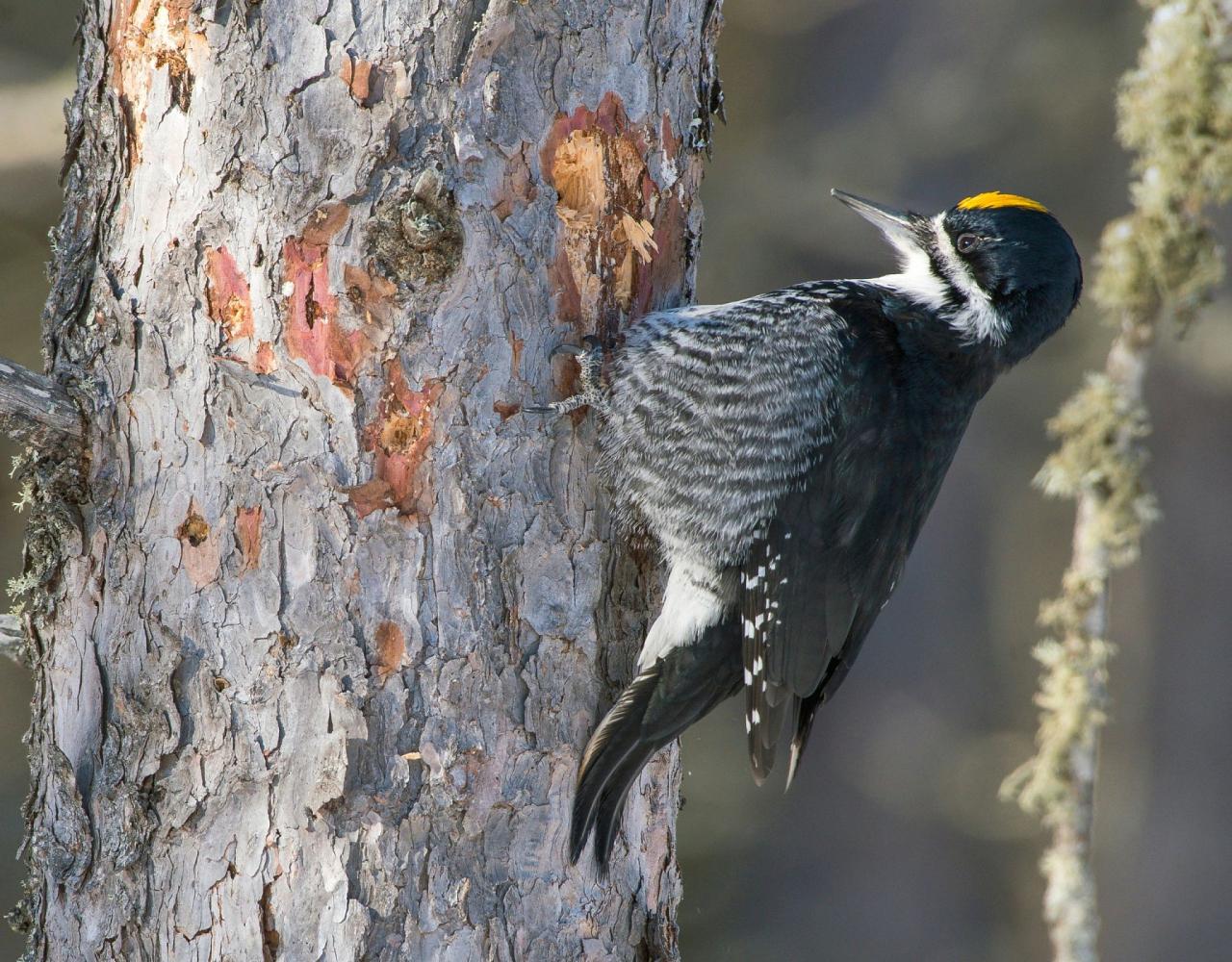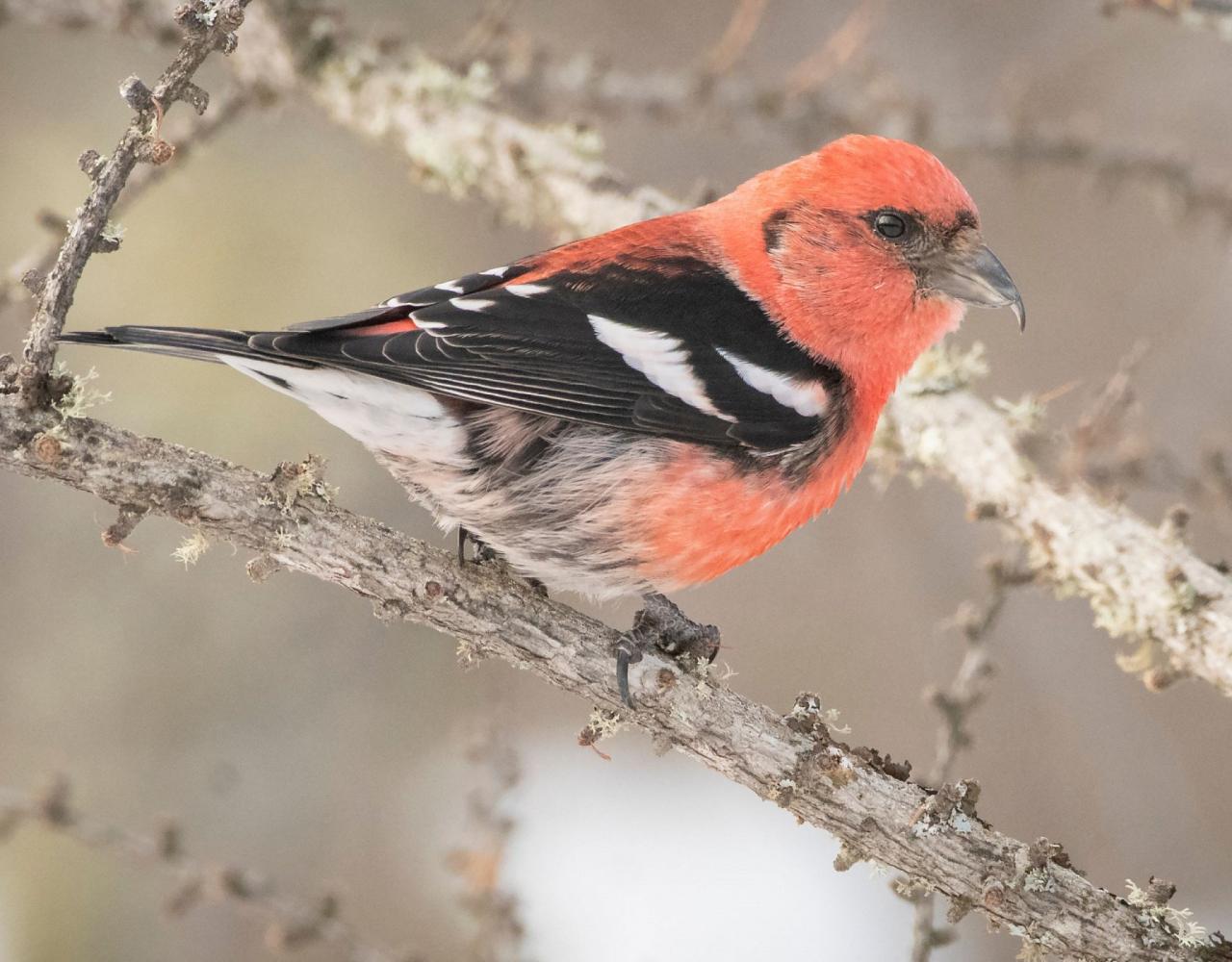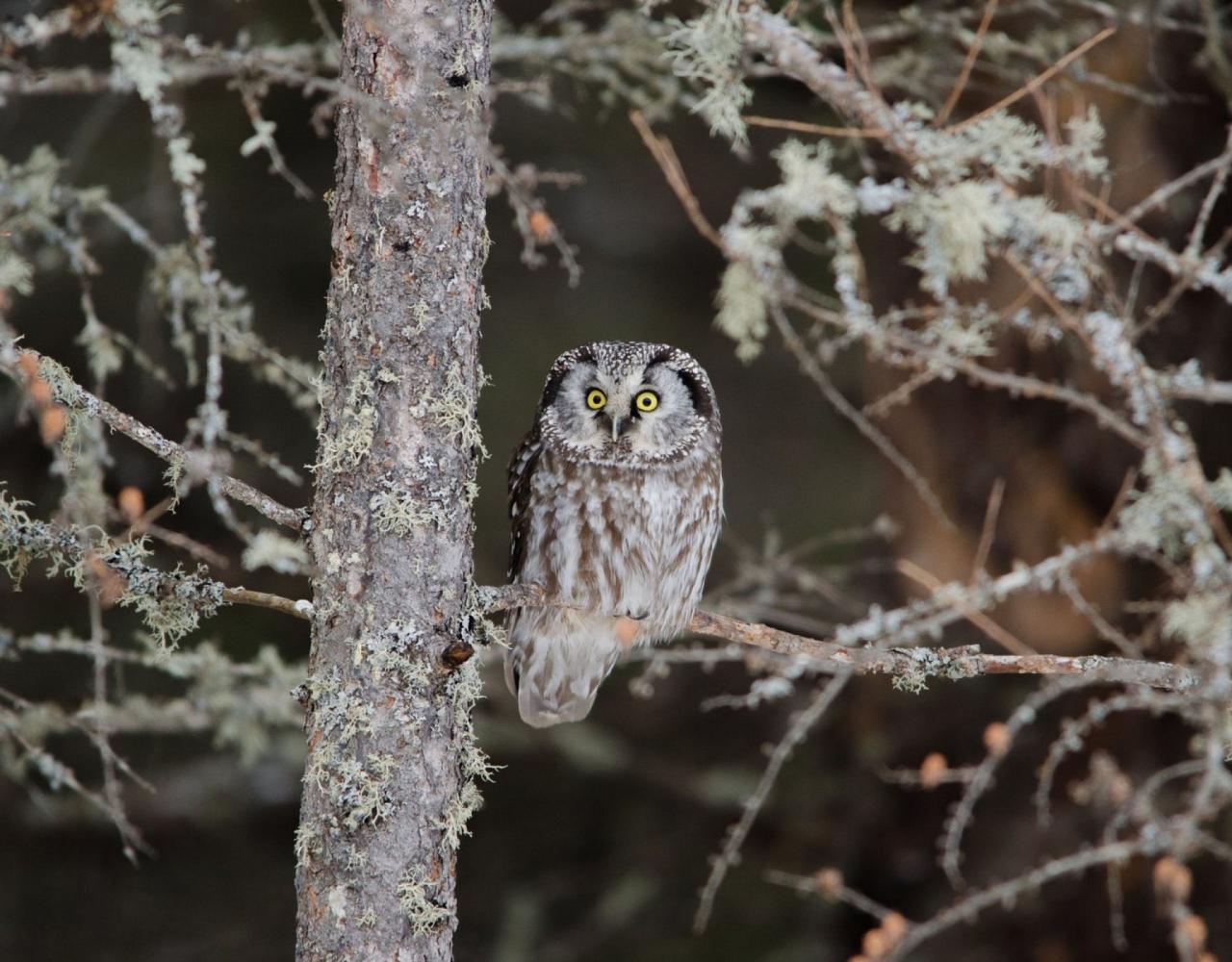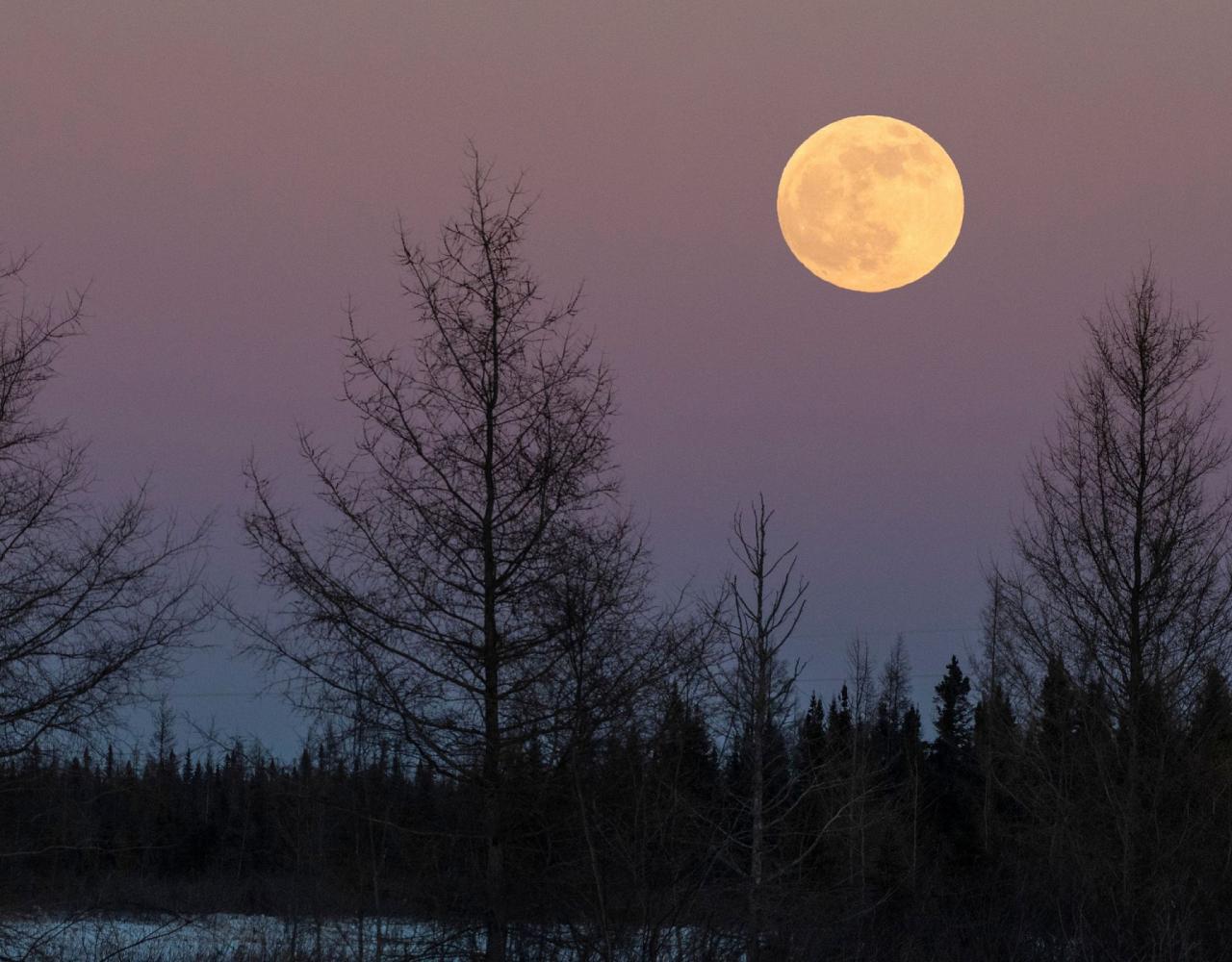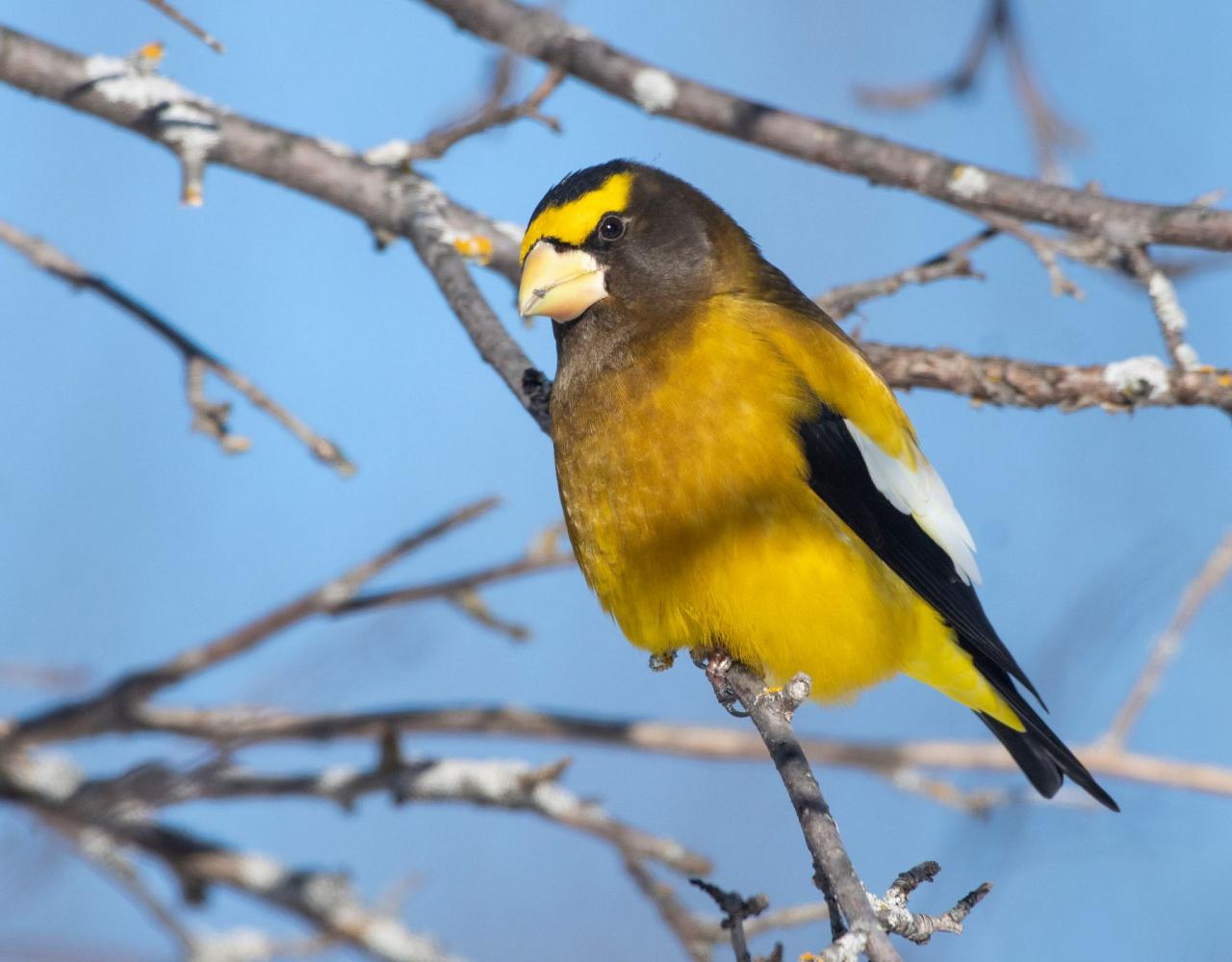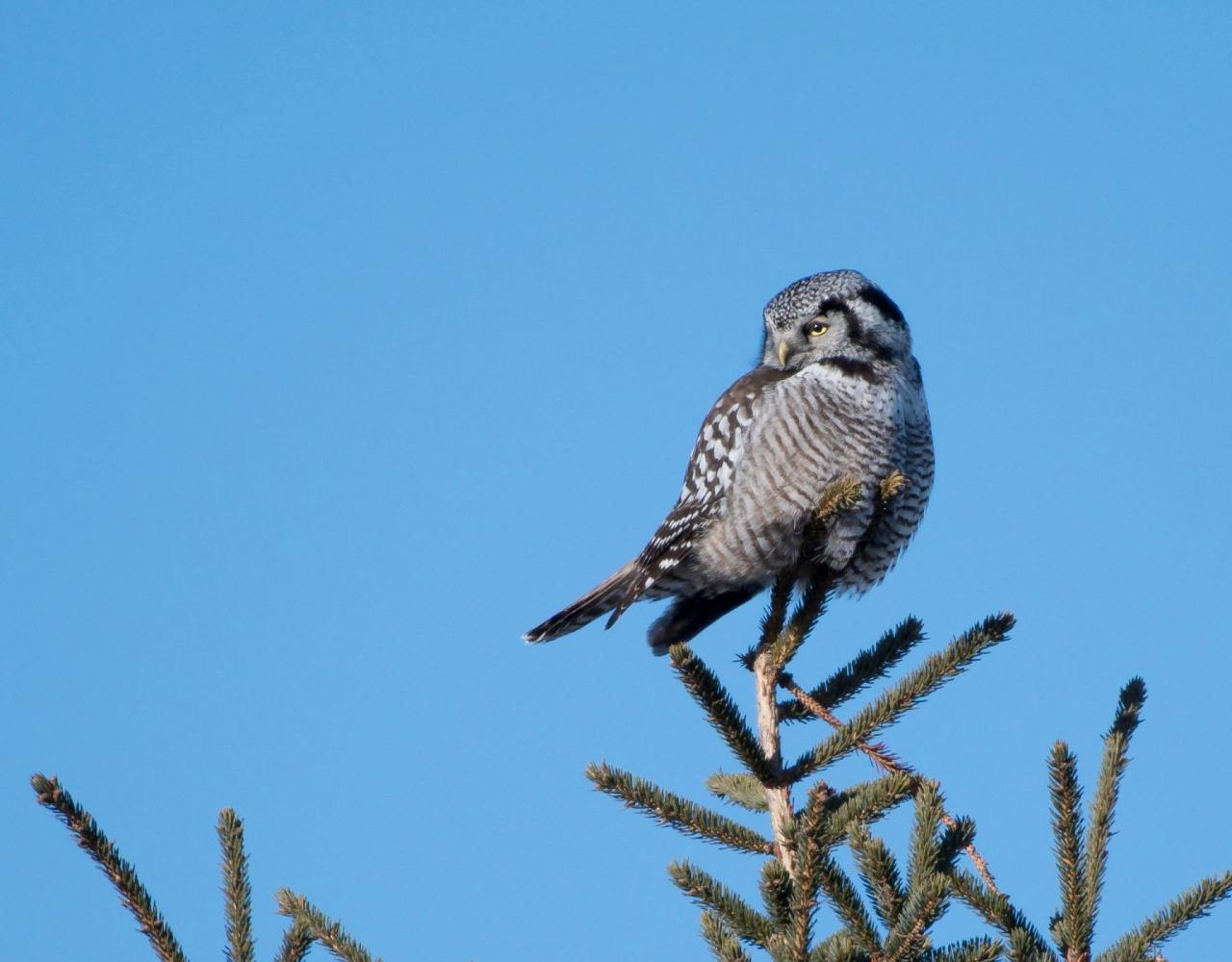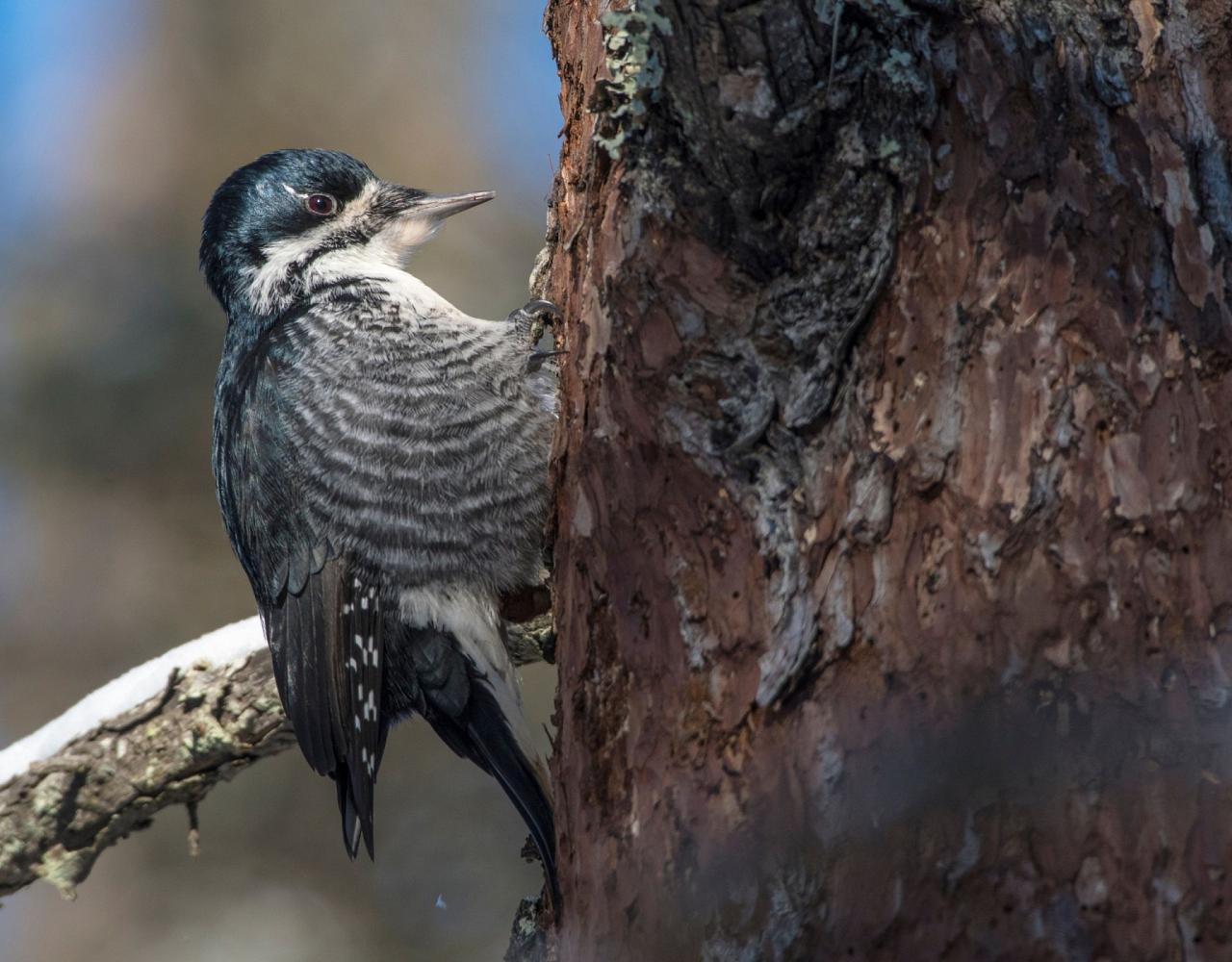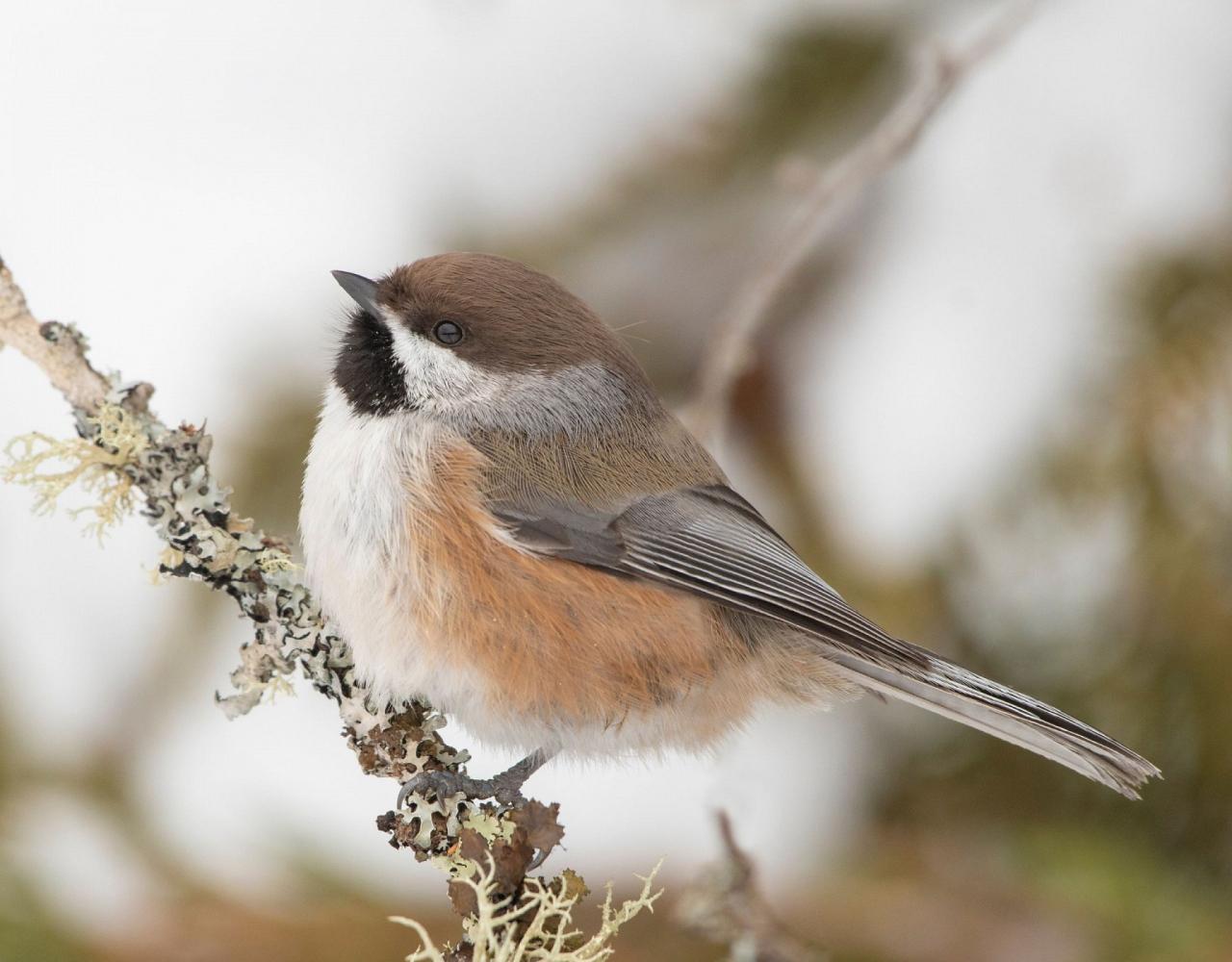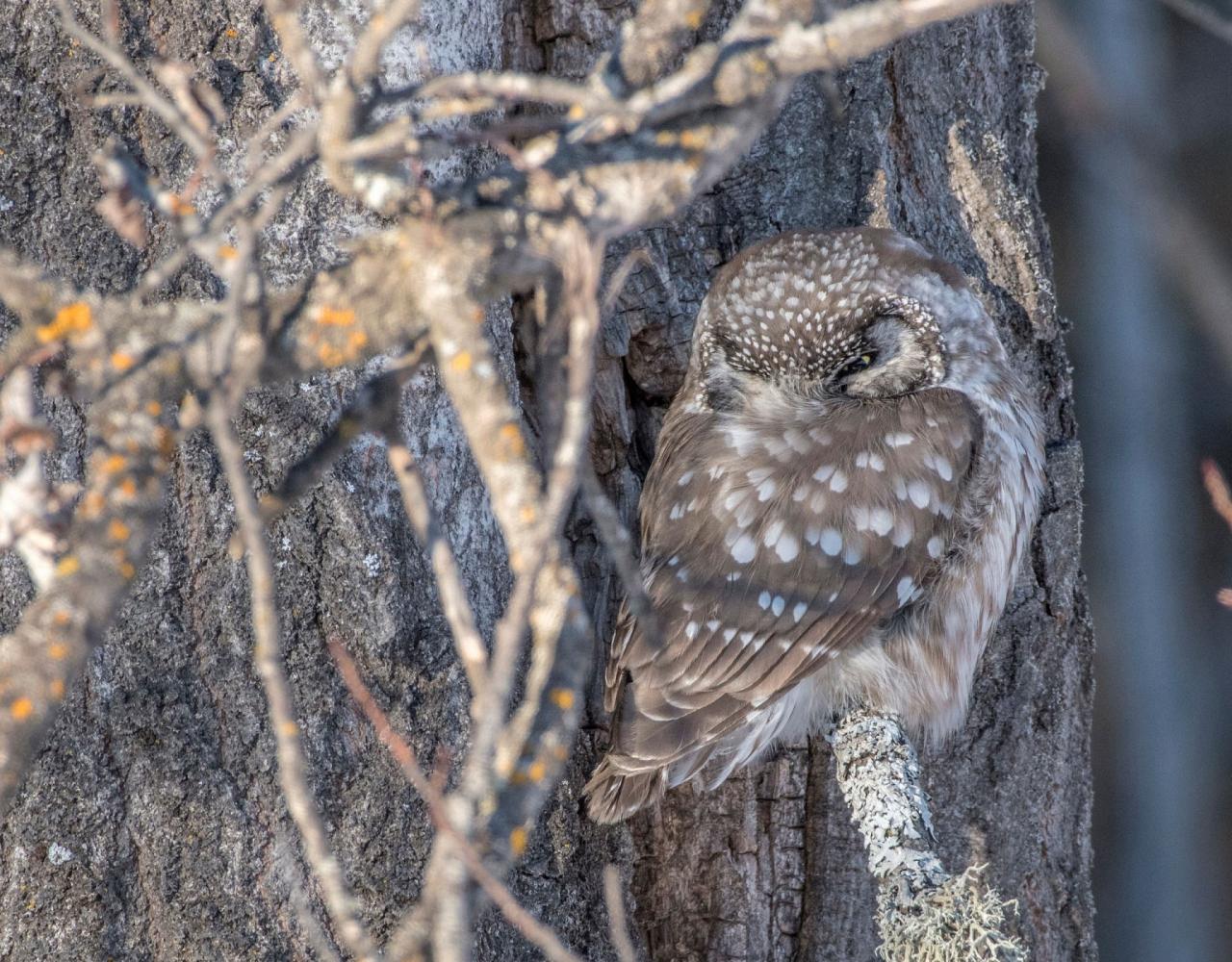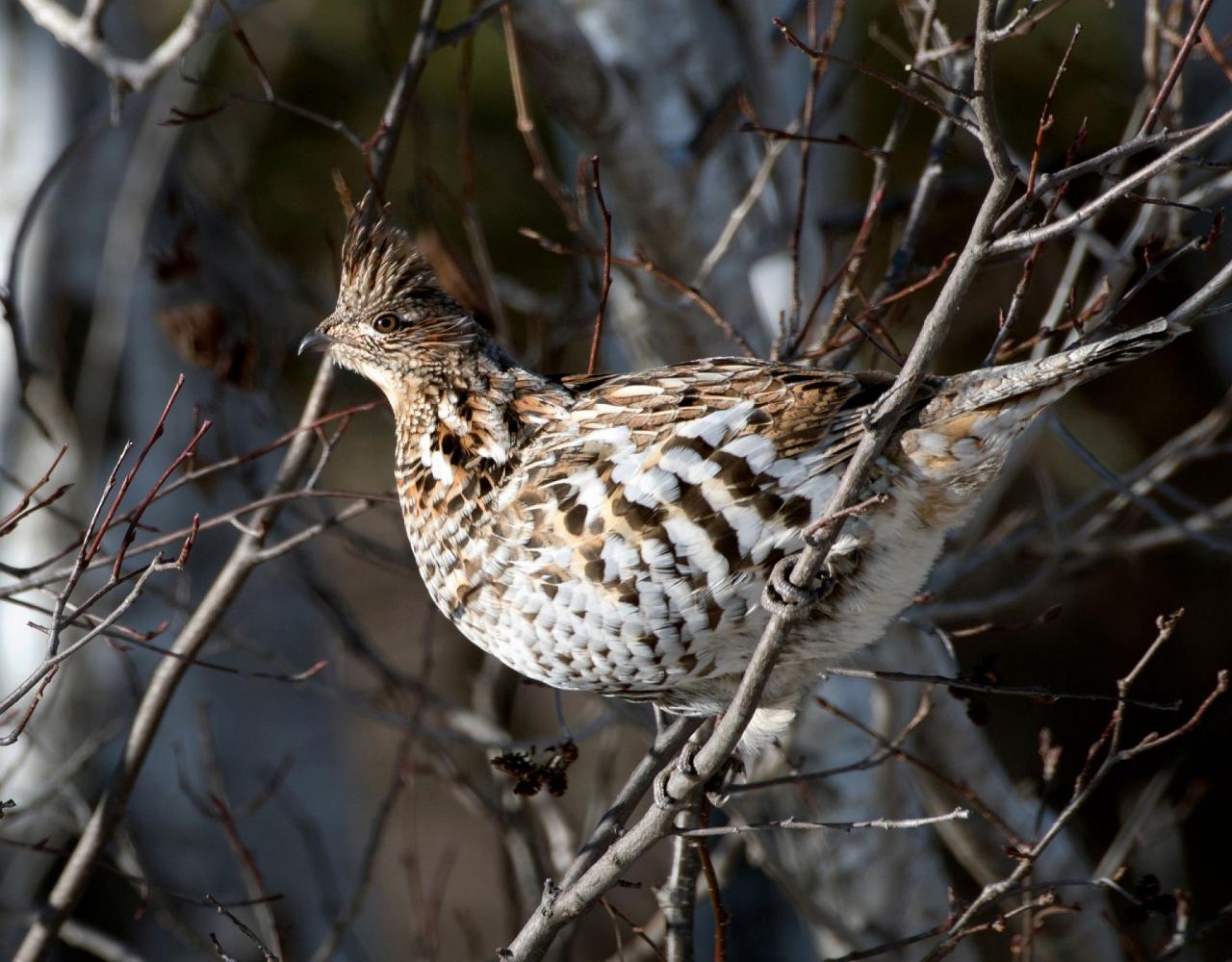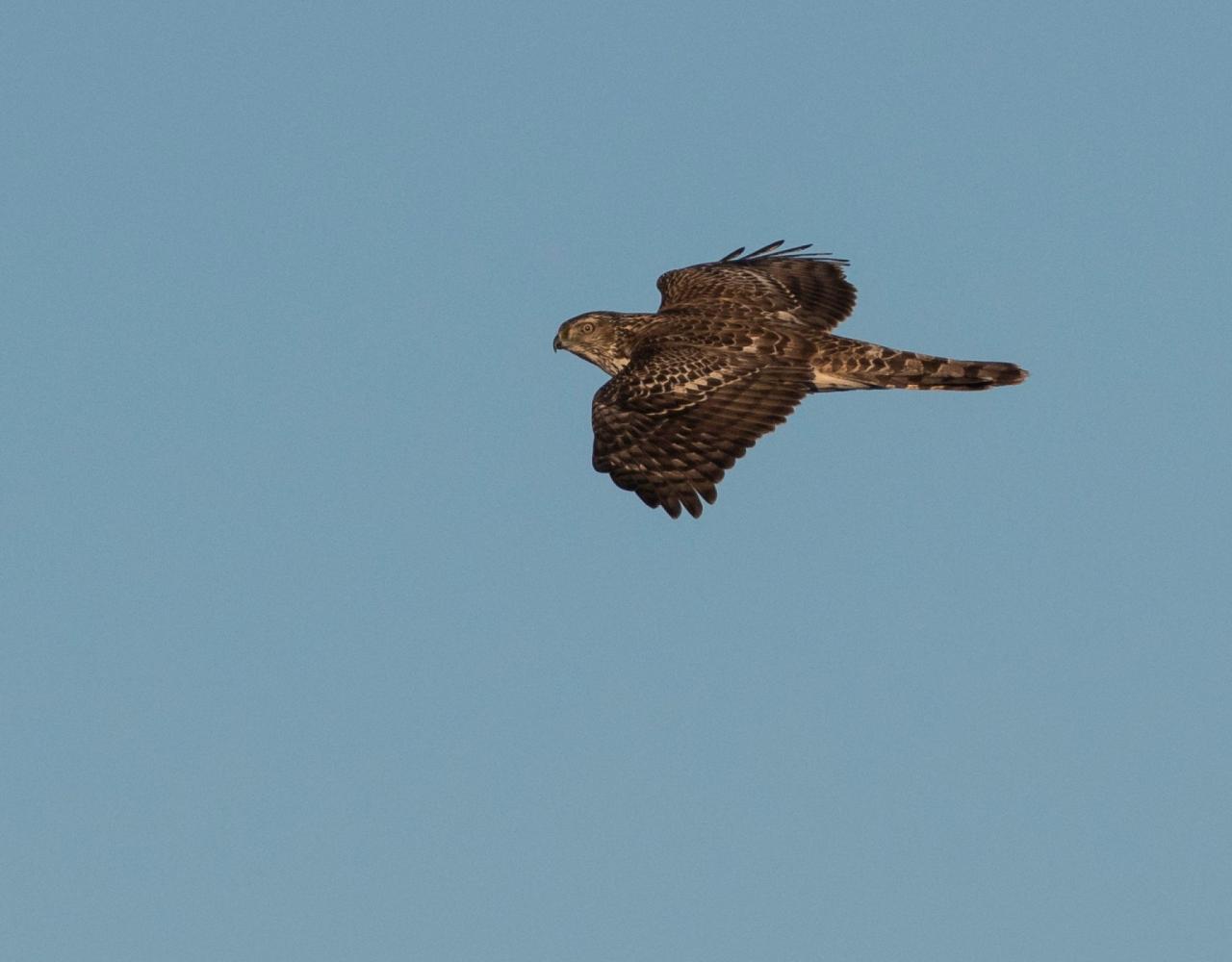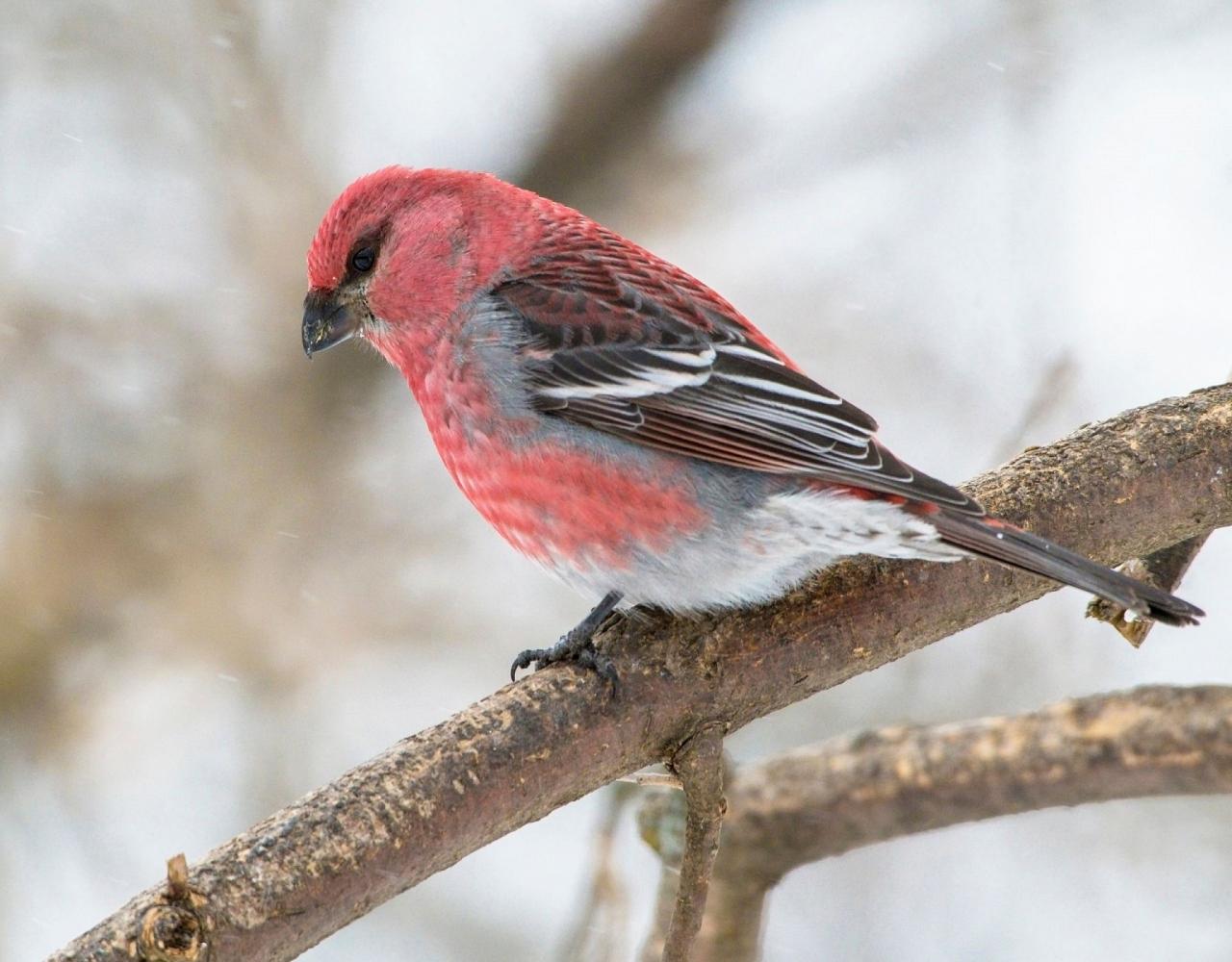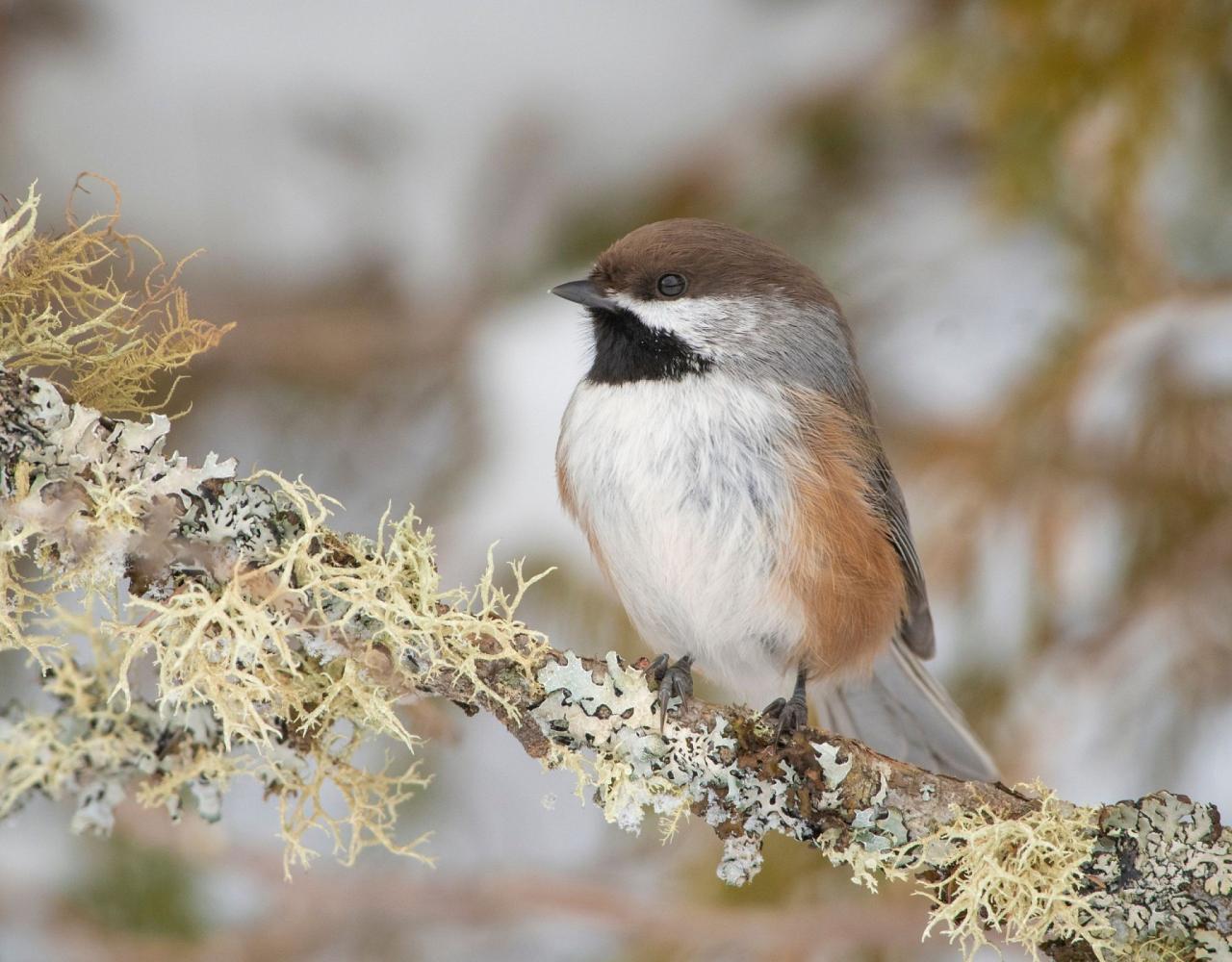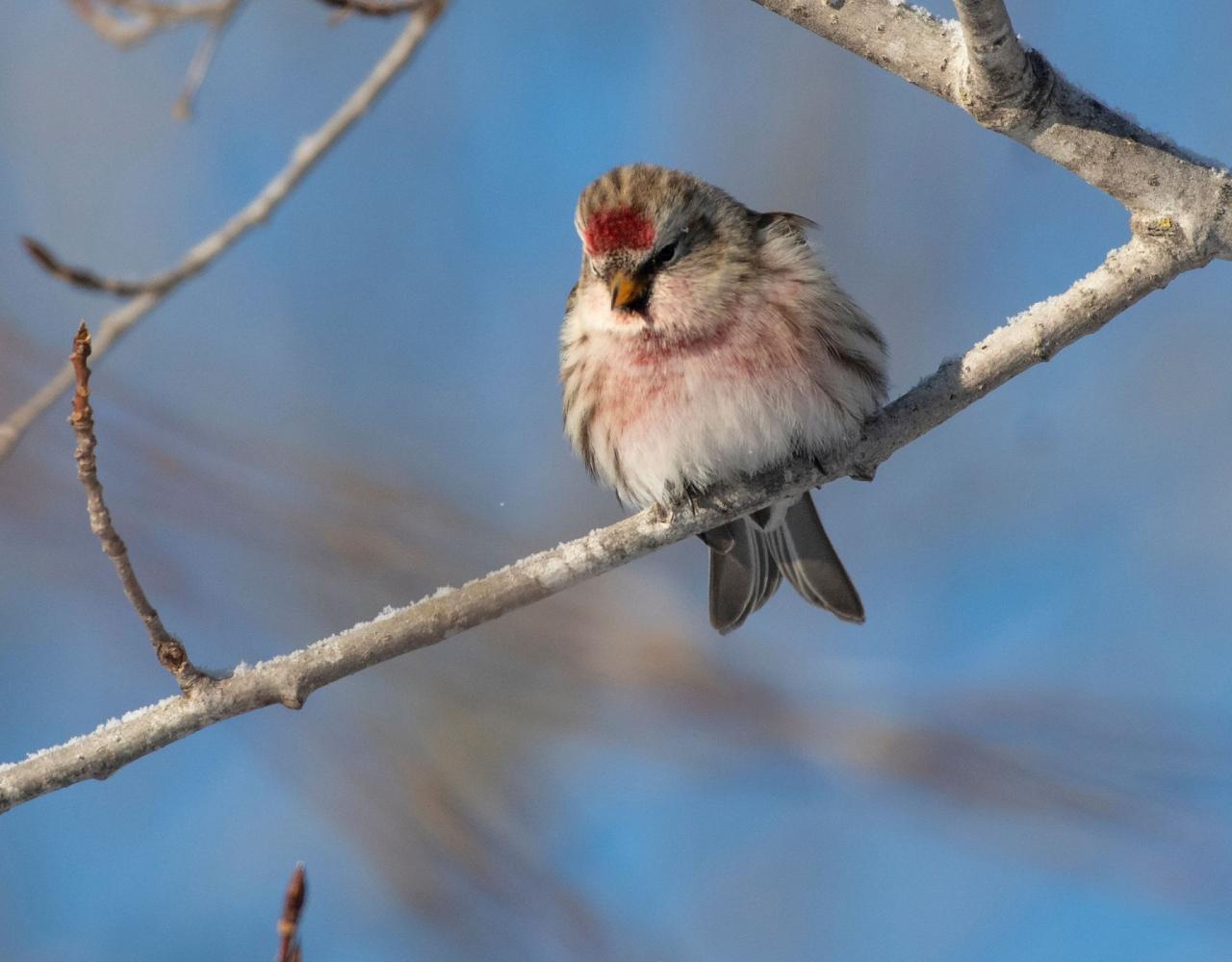Unpack and relax on this fun and NEW! five-night Minnesota winter owl journey. Dine at Duluth’s best eateries for a mix of hearty local fare and cosmopolitan cuisine. Best of all, immerse yourself in a winter wonderland with good chances of seeing Great Gray, Northern Hawk, and Snowy Owls along with classic northern species like Black-backed Woodpecker, Spruce Grouse, and Bohemian Waxwing. We make repeated trips to Sax-Zim Bog, giving us strong chances to find our most desired species.
In Naturalist Journeys’ style of exploration, we also make time to venture north along the Lake Superior shoreline to take in the lake’s winter beauty. Long-tailed Duck, Common Goldeneye, and Red-breasted Merganser favor the deep water bays along the shore and we expect to see them near the picturesque town of Two Harbors.
We also visit the northern boreal forests, which are productive in winter for specialists such as Boreal Chickadee and possibly even Boreal Owl if we’re very lucky. And birds aren’t the only species we might see in this snowy, winter landscape. Snowshoe Hare, Porcupine, and Moose are all active this time of year and with luck we hope to spot them during our travels.
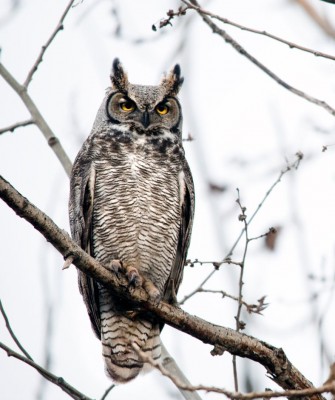
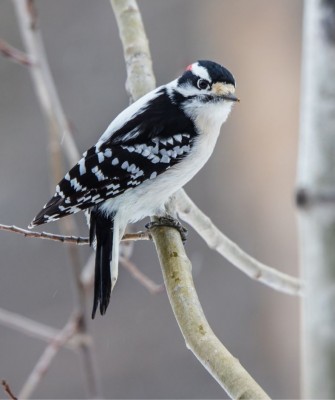
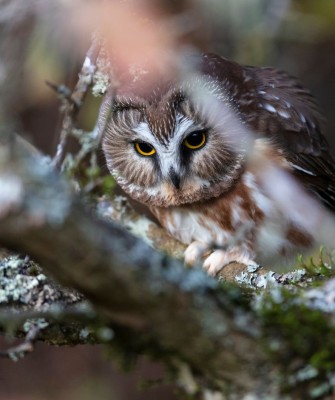
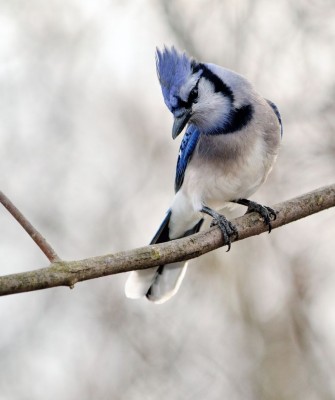
Tour Highlights
- Search for Great Gray, Northern Hawk, and Snowy Owls in Minnesota’s winter wonderland
- Visit the famous Sax-Zim Bog, a birder’s paradise in winter
- Enjoy beautiful views of Lake Superior right from your hotel room
- Bird northern boreal forests for specialties like Black-backed Woodpecker and Spruce Grouse
- Keep an eye out for Snowshoe Hare, Porcupine, and even Moose!
- Warm up with hearty meals at some of Duluth’s best restaurants
- Explore Tettigouche State Park and its magical winter landscape with frozen waterfalls and ice-clad shoreline
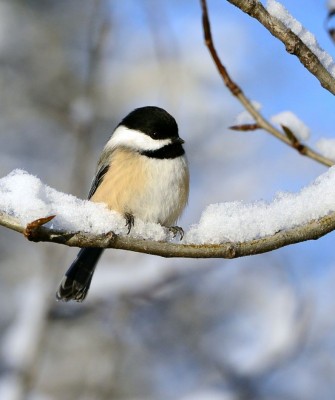
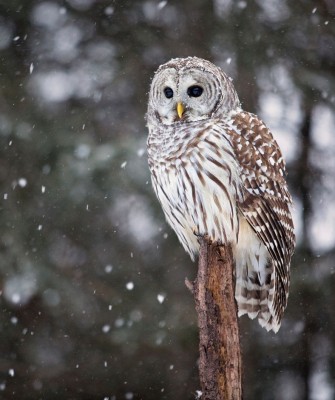
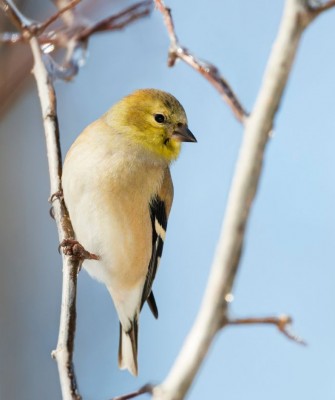
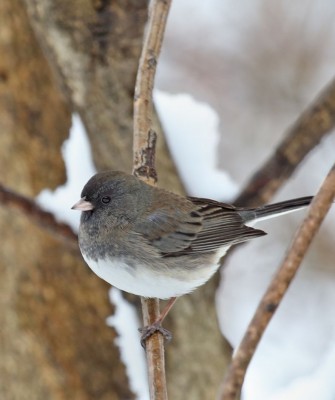
Trip Itinerary
Itineraries are guidelines; variations in itinerary may occur to account for weather, road conditions, closures, etc. and to maximize your experience.
Sun., Feb. 2 Welcome to Duluth!
The weather is cold, but our potential list of species is well worth bundling up for. Once everyone has arrived, we enjoy a short birding outing nearby if time permits.
Duluth is a scenic small city with a rich maritime history situated on the shore of Lake Superior. During the winter months there is typically ice in the harbor, though Coast Guard icebreakers are able to keep shipping channels open in all but the harshest months. This is a college town with just under 10,000 students enrolled at the University of Minnesota Duluth. We stay in the trendy Canal Park Waterfront area known for its shops and restaurants, as well as the famous Lift Bridge that raises quickly to allow ships to pass through. Enjoy dinner at a favorite local restaurants and get to know your guides and fellow travelers.
Accommodations at the Hampton Inn Canal Park, Duluth (D)
Mon. Feb. 3 & Tues., Feb. 4 Explore Sax-Zim Bog | Duluth Harbor
Our first two days are spent mainly at the Sax-Zim Bog, nearly 150,000 acres of mixed habitat that is a birder’s paradise in winter, well known for wintering Great Gray and Northern Hawk Owls as well as a mix of northern songbirds. The drive is about an hour northwest of Duluth, heading inland from the lake. Once there, we meander our way through different spots in the bog to scan the varied habitat of fields and forests.
This mosaic of habitats is attractive to Great Gray Owl because of the large areas of bog forest for nesting and nearby meadows for hunting prey. We stop by the visitor center to learn more about conservation efforts at the bog. They also have an array of bird feeders that we spend some time watching. Other species we hope to see today are the classic northern species so desirable to see: Canada Jay, Black-backed Woodpecker, Pine Grosbeak, Evening Grosbeak, Boreal Chickadee, Ruffed Grouse, Bohemian Waxwing, Common Redpoll, Red Crossbill, and White-winged Crossbill. In addition to birds, we keep an eye out for Snowshoe Hare, Porcupine, Moose, and maybe even an elusive Gray Wolf if we’re VERY lucky!
We warm up with a restaurant lunch each day and in the afternoons return to Duluth where we look for Snowy Owl in the Duluth-Superior area where they are known to hunt in fields and frozen areas around the harbor, often resting atop grain storage or other tall structures. Waste grain attracts rodents and pigeons for a veritable raptor feast. We also stop by Canal Park, which fairly close to our hotel. This is a busy shipping port most of the year, but home to many gulls in winter. As many as seven species of gull can be seen here, including Glaucous, Thayer’s and possibly Iceland Gulls. We return to the hotel and have dinner at a choice of local restaurants.
Accommodations at the Hampton Inn, Duluth (B,L,D)
Wed., Feb. 5 North to Two Harbors | Isabella | Tettigouche State Park
We head north today, making stops along the shores of Lake Superior hoping to see Long-tailed Duck, Red-breasted Merganser, and Common Goldeneye, all species that favor the deeper water bays with open water. Two Harbors is a picturesque village and the Two Harbors Lighthouse is an iconic part of Lake Superior history, built on Agate Bay and operating since 1892.
Turning inland and going farther north, the Isabella area can be productive for boreal forest specialists such as Spruce Grouse. We mainly work the road system where grouse and other species come to feed on the snow-free road margins. We may also find Black-backed Woodpecker, Boreal Chickadee, and rarer sightings might include American Three-toed Woodpecker and Boreal Owl.
We make a loop return route back toward Silver Bay, stopping for a scenic view at Tettigouche State Park, so magical in winter with frozen waterfalls and a rugged ice-clad shoreline.
Accommodations at the Hampton Inn, Duluth (B,L,D)
Thurs., Feb. 6 Guide’s Choice
We can return to the bog today, or to the boreal forest depending on weather and how successful we have been to date with our species. And even if we’ve been successful in finding winter owls, there are always new views and photo ops to try for and hawks such as Rough-legged Hawk or even Northern Goshawk. Northern Shrike, Black-billed Magpie, and Snow Bunting are possible. Residential areas of the city host fruiting mountain ash trees and homes with bird feeders. Birders in the area are good about sharing sightings and may point us to Hoary Redpoll or mixed flocks of crossbills. There may be infrequently seen gulls around such as Great Black-backed. We make the most of our day!
We return to a nice hot shower, a chance to freshen up, and then gather for a celebratory dinner with a chance to do a final tally of our sightings and share highlights of this winter journey.
Accommodations at the Hampton Inn, Duluth (B,L,D)
Fri., Feb. 7 Departures
After breakfast, we depart for the Duluth International Airport (DLH). You may fly out at a time convenient for you as our hotel is not far from the airport. (B)
Cost of the Journey
Cost of the journey is $2590 DBL / $3090 SGL, from Duluth, MN.
This cost includes: accommodations for 5 nights, all meals as specified in the itinerary, land transportation during the tour, professional guide services, park and other entrance fees, and miscellaneous program expenses.
Cost does not include: round-trip airfare to and from Duluth, items of a personal nature such as laundry, telephone, drinks from the bar, or gratuities for luggage handling or personal services.
Travel Details
Please plan to make air travel plans only after the minimum group size has been met. We will send you a confirmation email as soon as the trip has been confirmed.
Arrival and Departure Airport: Duluth International Airport (DLH)
Arrival Details: Please plan to arrive February 2, 2025, no later than 5:00 PM.
Departure Details: Please plan flights to depart February 7, 2025, at your leisure.
Travel Tips: If you arrive early to rest up from your travels or avoid winter weather delays, you can book an early night at our tour hotel, the Hampton Inn Duluth Canal Park. You can book online or call them at (218) 720-3000 and give us your confirmation number, with the goal being you won’t have to switch rooms. There are several restaurants within walking distance of the hotel and it’s located right on the banks of Lake Superior.
Browse below for trip reports and species lists from past versions of this and other tours from this destination.
Michigan
- September 2012
- August 2019
- August 2021
- August 2023
Minnesota
Bearskin Lodge & Boundary Waters
- September 2016
- September 2017
- September 2021
Wisconsin
- October 2013
- September 2021 (Apostle Islands)
-
Bryan Calk
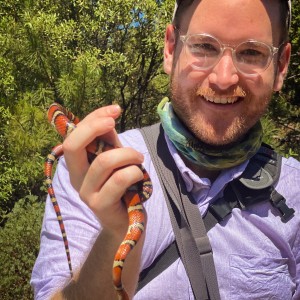
Bryan started birding at Fort Clark Springs in southwest Texas when he was 10 years old and never stopped. He got his first taste of guiding while leading trips for the Rio Brazos Audubon Society during college. After graduating from Texas A&M in 2015 with a degree in genetics, Bryan worked as an avian field biologist on several projects across Texas and New Mexico. Currently residing in Albuquerque as a professional birding tour guide, he leads field tours, workshops, and youth birding programs across the US. In his free time, Bryan enjoys butterflies, searching for herps, photography, art, cooking, and gardening.
Other trips with Bryan Calk
-
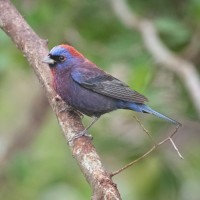 Texas Hill Country FULLApril 26 - May 1, 2024
Texas Hill Country FULLApril 26 - May 1, 2024 -
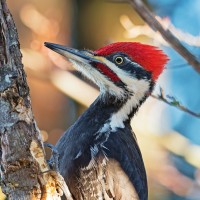 Oregon's Malheur NWR & Woodpecker WonderlandMay 20 - 29, 2024
Oregon's Malheur NWR & Woodpecker WonderlandMay 20 - 29, 2024 -
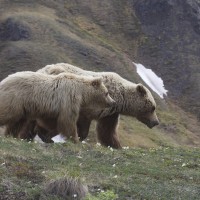 Alaska Sampler Anchorage, Homer, Seward & Kenai FjordsAugust 9 - 17, 2024
Alaska Sampler Anchorage, Homer, Seward & Kenai FjordsAugust 9 - 17, 2024 -
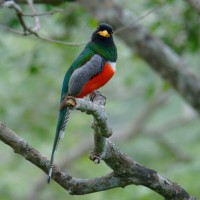 Arizona Monsoon Madness Birding & Nature in a Season of Wonder!August 25 - September 1, 2024
Arizona Monsoon Madness Birding & Nature in a Season of Wonder!August 25 - September 1, 2024 -
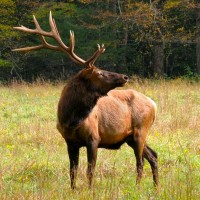 Yellowstone in The FallSeptember 21 - 28, 2024
Yellowstone in The FallSeptember 21 - 28, 2024 -
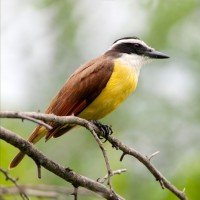 South Texas Birding & Nature Special Departure!November 11 - 19, 2024
South Texas Birding & Nature Special Departure!November 11 - 19, 2024 -
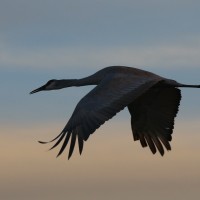 New Mexico Nature & CultureDecember 5 - 12, 2024
New Mexico Nature & CultureDecember 5 - 12, 2024 -
 Belize: Three Great LodgesJanuary 10 - 20, 2025
Belize: Three Great LodgesJanuary 10 - 20, 2025 -
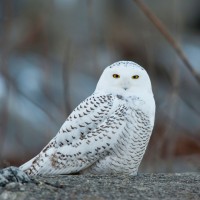 Minnesota: Winter Owling TourJanuary 26 - 31, 2025
Minnesota: Winter Owling TourJanuary 26 - 31, 2025 -
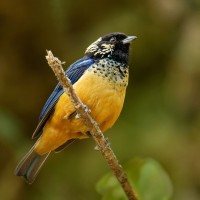 Western Panama: Tranquilo BayMarch 1 - 8, 2025, w/Mt. Totumas extension
Western Panama: Tranquilo BayMarch 1 - 8, 2025, w/Mt. Totumas extension -
 Texas Hill CountryComing April 2025
Texas Hill CountryComing April 2025 -
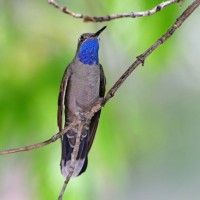 Southeast ArizonaMay 6 - 15, 2025
Southeast ArizonaMay 6 - 15, 2025
-
-
Lena Moser
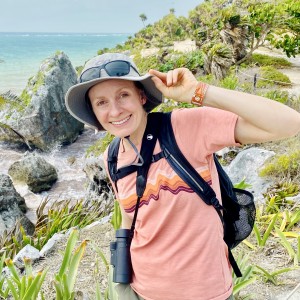
Lena Moser is an entrepreneur, birder, and lover of all things nature. She lives with her husband and 5-year-old son in Bristol, New Hampshire, on the beautiful shores of Newfound Lake. Lena runs her own business as a certified mindset and mindfulness life coach. She helps women with many different passions get clear on their purpose so that they awaken each day with a sense of freedom, peace, and confidence knowing they are on the right path.
Birds, however, were Lena’s first passion; she got hooked on birding as a 13-year-old growing up in rural Connecticut. She conducted ornithology research at Cornell and Princeton University, and she’s guided birding tours from Alaska to Australia (and many countries in between). Before she moved to NH, Lena lived and worked on the rocky coast of Maine. Her proudest accomplishment was being the lead founder of the Maine Young Birders Club, which helps teen naturalists connect with one another on field trips while experiencing the wonder of birds and nature. Lena served on the Board of Directors at York County Audubon and created/taught a new museum-based ornithology course at the University of New England. In her free time, Lena and her family enjoy going on ample adventures and hikes in the White Mountains, identifying plants, exploring edible wild mushrooms, enjoying scenic vistas, and pondering confusing juvenile bird calls.
Other trips with Lena Moser
-
 Yellowstone: Birds, Bears & Wildlife Traveling CyclonesJune 12 - 19, 2024
Yellowstone: Birds, Bears & Wildlife Traveling CyclonesJune 12 - 19, 2024 -
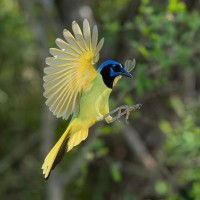 South Texas Birding & NatureMarch 12 - 20, 2025
South Texas Birding & NatureMarch 12 - 20, 2025 -
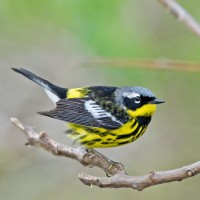 Ohio: The Biggest Week in BirdingMay 14 - 21, 2025
Ohio: The Biggest Week in BirdingMay 14 - 21, 2025
-
Essential Information +
Packing List +
Suggested Reading List +
Useful Links +
Photo credits coming soon.







